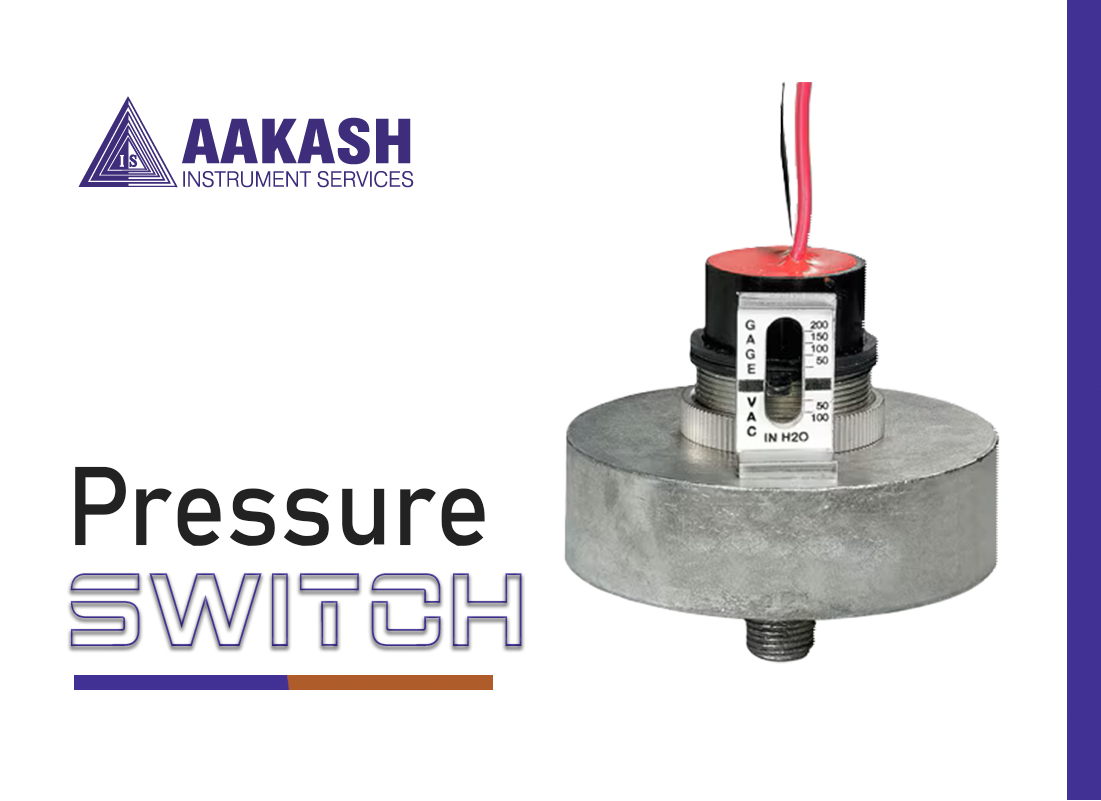We're here to assist you with any questions, concerns, or inquiries you may have.

A pressure switch is an activation device that responds when process fluid pressure reaches a setpoint. It can be mechanical or electronic, incorporating a bourdon tube, piston, diaphragm, or membrane. Air pressure switches maintain consistent pressure and activate compressors when needed.

1. 3.5 psi to 4500 psi.2. Proof pressure: 500 psi to 10,000 psi.3. Burst pressure: 1250 psi to 20,000 psi.4. Life cycle rating: up to 2 million.5. IP67 sealing rating6. Operating temperature: -40°C to 120°C.7. Hysteresis option.8. Over 15 pressure port options and 30 electrical terminations.9. Switching point accuracy up to ±2%.
1. Operating Range: Defines the switch's ability to handle different pressure levels.2. Set Point: Defines the threshold at which the switch changes its state.3. Hysteresis: Defines the difference between set point and reset point4. Electrical Ratings: Determines compatibility with the electrical system5. Connection Type: Determines how the switch interfaces with the system.6. Understanding and adhering to these specifications is crucial for selecting the right pressure switch.
Pressure switches are categorized into three main types: electromechanical, solid state, and electronic. Historically, pressure switches have predominantly been electromechanical in nature. Nevertheless, advancements in technology have introduced solid-state devices and the latest generation of electronic pressure switches, like Barksdale's BPS3000, into the market.